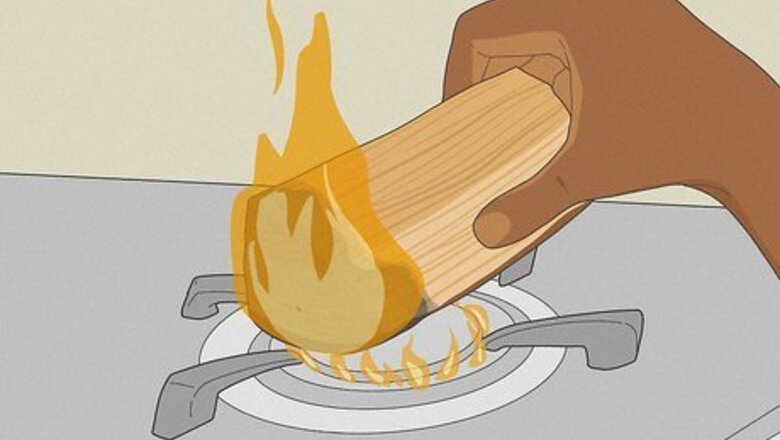
views
Making Ink from Wood Ashes
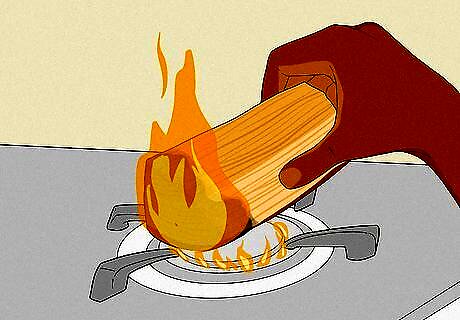
Burn wood to create ashes. In order for wood ashes to work well as a tattoo ink, you need to completely burn the wood you’re using. The ashes should be totally black, with none of the wood’s natural color still visible. They should also be completely cooled when you use them. Different types of wood will give you a slightly different shades of color when the ashes are used as ink. Lighter woods will produce a grayer pigment; darker woods will produce a blacker pigment.
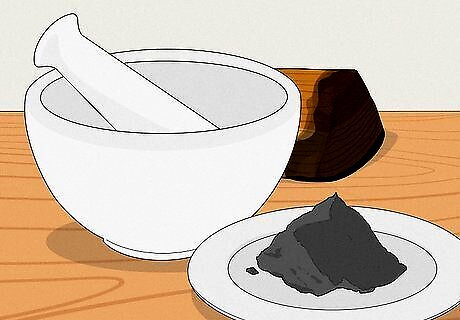
Grind the ashes. Once you’ve burned the wood of your choice to create ashes, you’ll need to grind the burned wood. You want the ash particles as fine as possible so that they make a smooth and easily usable ink.
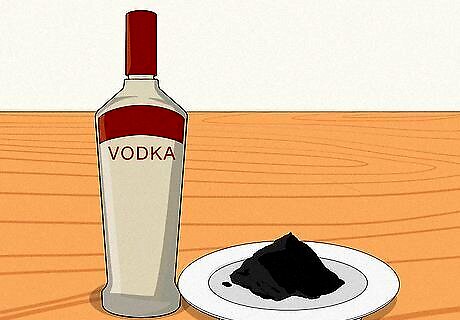
Choose a clear spirit. To create tattoo ink from wood ashes, you’ll need to mix the ashes with a liquid. Some people recommend that you use distilled water, but this still risks some bacteria getting under your skin as you press the needle in. Instead, use a clear spirit – like vodka or gin – as your liquid base. The alcohol will kill any bacteria and the clarity of the alcohol won’t change your ink color.

Mix them together. Mix your ashes and clear spirit together by blending them in a blender for 10 to 20 minutes. The consistency should be a slurry – a little thicker than water, but thinner than a paste – and should not have any chunks in it. It’s hard to recommend an exact proportion of ashes to liquid for this, since it will depend on how finely you grind up the ashes, the type of wood you use, and the desired pigmentation of your ink. It’s better to add liquid slowly – you can always add more, but you can’t take any out.
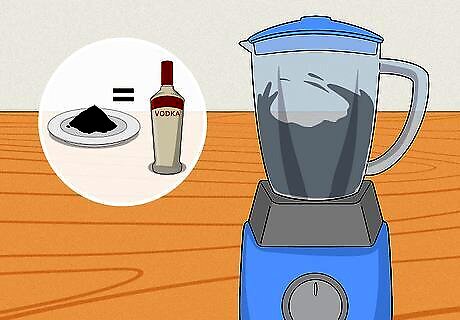
Track the ash and liquid amounts. If you’re creating a larger tattoo, make sure you track the ash and liquid amounts you’re using. You’ll likely have to mix up more than one batch of ink, and knowing the exact measurements keeps the pigment of the ink consistent.
Using Dry Ink Pigment
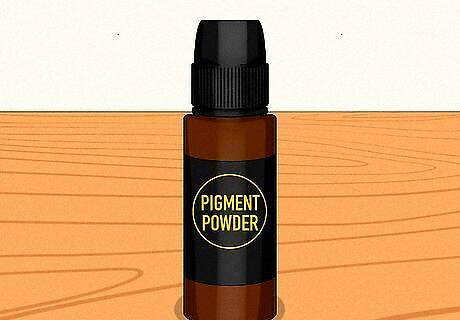
Choose your pigment powder. Many tattoo supply companies have pigment powder available for purchase. You’ll need to decide which color or colors you want to use and purchase those colors. It's best to purchase pigment powder from a tattoo supply company since you can be sure it's safe. You don't want to accidentally use pigment ink used in car paint.
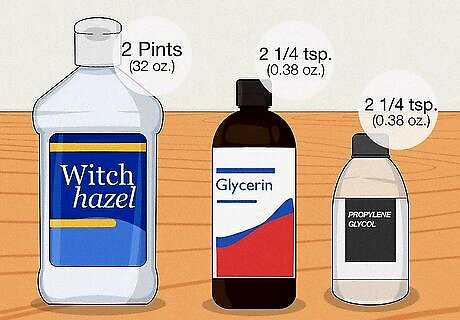
Mix witch hazel with propylene glycol and medical grade glycerin. When using pigment powder, you’ll need to add it to medical grade liquids. Mix together 2 pints (32 ounces) of witch hazel (which you can get from most holistic health stores or online), 2 ¼ teaspoons (0.38 ounces) of medical grade glycerin and 2 ¼ teaspoons propylene glycol to form a liquid base.

Add the pigment powder. Once your liquid base is mixed, add your pigment powder. The amount of pigment powder you use will depend on how bright or subdued you want the color to be. Add the pigment powder slowly – again, you can always add more but you can’t take any out.
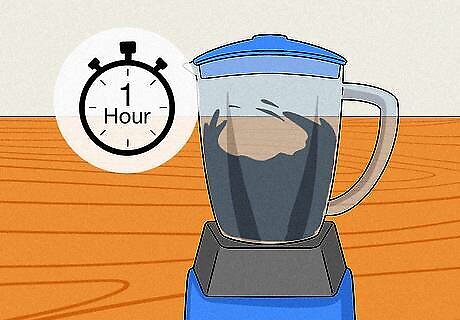
Mix in a blender. To mix your ink together, put it in a blender at low speed. If you find your ink is too thick, add a bit more liquid. If it’s too thin, add more pigment. Once your ink reaches your desired consistency, turn the speed up to medium and mix your ink for about an hour.
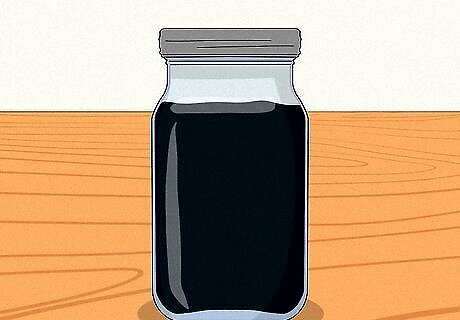
Store in a sterile container. Once your ink is finished, store it in a sterile, airtight container. You should place the container in a cool, dark place.
Applying Homemade Ink
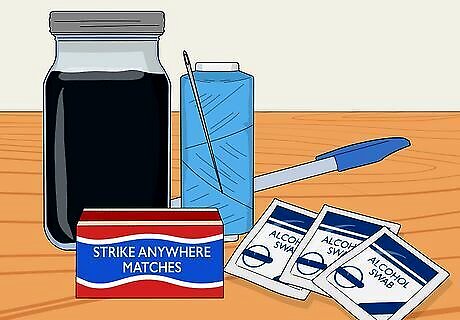
Gather your supplies. To apply your homemade ink at home, you'll need a few supplies: a few very fine sewing needles, a #2 pencil, a ballpoint pen, some sewing thread, matches, and alcohol swabs. You'll also need your ink!

Wash your hands. Before you begin to give yourself a tattoo with your homemade ink, make sure you thoroughly wash your hands. This means washing your hands well, with soap, for at least two minutes. For some extra cleansing, you can also wipe your hands with an alcohol wipe after you've washed them.

Make your needle. You'll want to prepare your needle for applying your homemade ink by attaching it to a longer handle. This gives you more control over the movement of the needle and makes tattooing easier. Insert the eye end of your thin needle into the eraser of the #2 pencil. Then wrap the needle and pencil with thread until the needle stays firmly in place. You might want to wrap the thread with some tape to give it extra support and make sure it doesn't move.
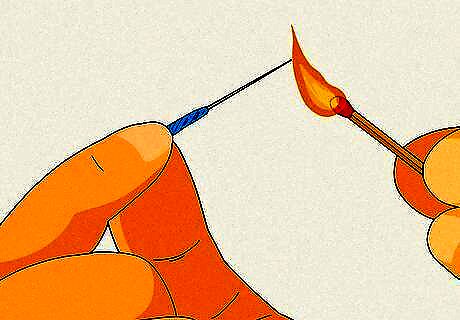
Heat your needle. Once you've got your needle put together, you'll need to heat the tip up. Light a match and hold the needle over it for ten to fifteen seconds. Make sure you turn the needle so it heats evenly. Heating the tip of the needle kills any germs on the needle. This can prevent infection when the needle goes under your skin to apply the ink.

Draw your design. Use an alcohol swab to clean the area of your skin where you want to apply your tattoo. Then, using the ballpoint pen, draw on your design. If you've never done your own tattoo before, you might want to start with a small design. You should practice your design on paper before you draw on your skin.

Ink your needle. Once you're satisfied with your design placement and style, it's time to ink your needle. Simply dip your needle into your homemade ink. Gently tap the needle on the side of the jar or its lid to remove any excess ink. You don't want the needle to be dripping with ink.
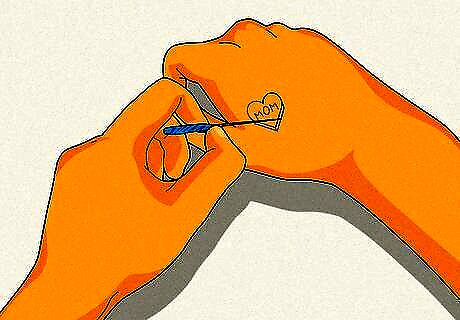
Apply the ink to your skin. Once you've got ink on your needle, poke the needle into your skin at any point in your design. To make sure the ink actually stays in your skin, you'll need to poke through the first two layers of skin. Continue this process along the lines of your design. Your skin may bleed occasionally when you poke the needle through. Some bleeding is normal, but if you notice a lot of blood, stop immediately. You'll need to reload your needle with ink occasionally. If you notice that the ink color is fading, reload the needle.
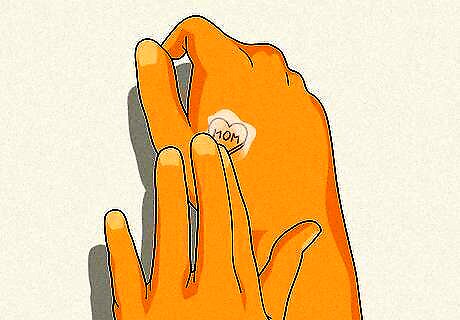
Take care of your tattoo. After you've finished your tattoo, you should wipe it down gently with water and mild soap and apply anti-bacterial ointment. If your tattoo is in a place that is likely to rub against your clothing, wrap it with clear plastic wrap. Once you unwrap it, clean it with soap and water, but don't use a cloth. In the days after your tattoo is finished, you might notice your skin dries out quite a bit. This is normal. Just use a bit of fragrance-free moisturizer and rub it gently over your tattoo. Do not use vaseline or any ointment that does not have vitamin E or aloe.
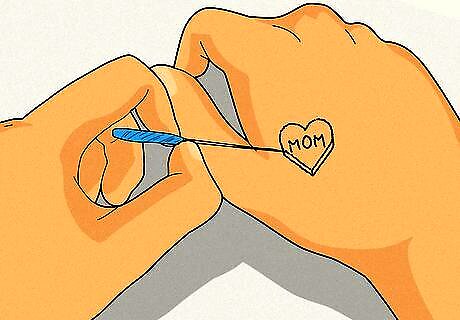
Touch up the design of your tattoo. Your skin will swell when you repeatedly poke it with a needle. Once you've finished your tattoo and your skin has had time to heal, you might notice that you've missed a few spots. Simply go back and repeat the tattooing process to touch up the areas that you missed.




















Comments
0 comment